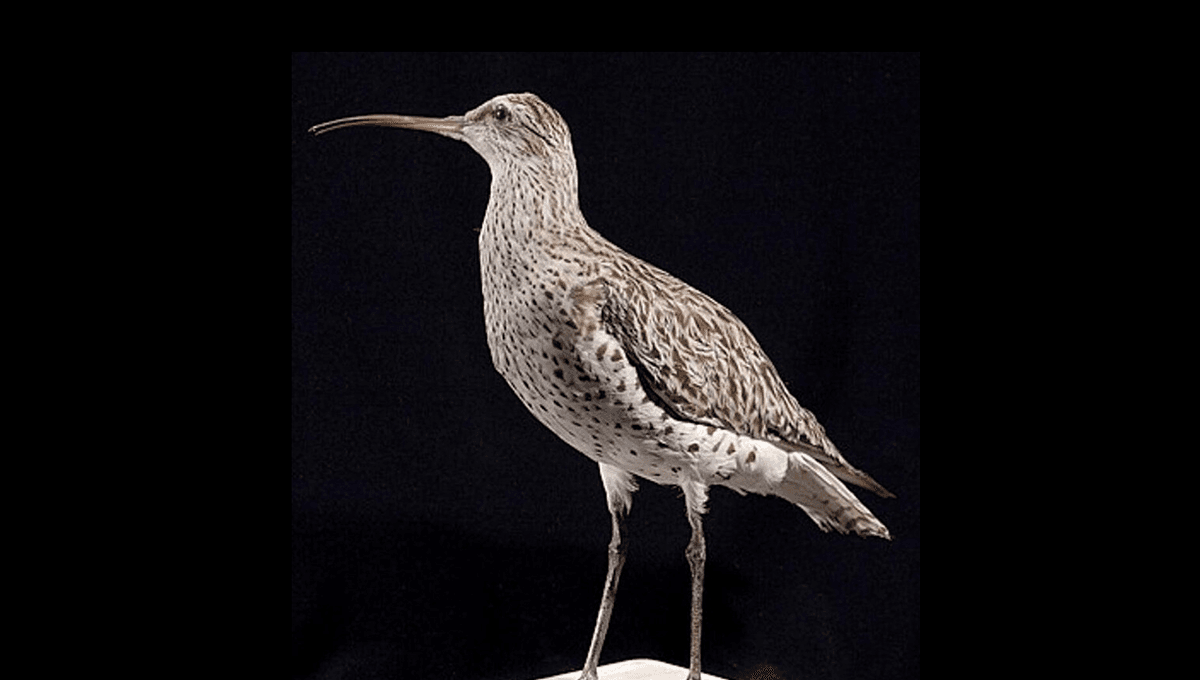
The list of animals pushed into extinction has grown even longer. In its latest update, the International Union for Conservation of Nature (IUCN) has officially declared several species extinct, including a charismatic bird, Australian marsupials, and a couple of plants.
The update, part of the IUCN’s Red List of Threatened Species, tracks the conservation status of more than 172,000 species worldwide. It serves as one of the most comprehensive gauges of global wildlife health — and this year’s findings are mixed at best.
Among the species newly listed as extinct are:
- The slender-billed curlew (Numenius tenuirostris)
- The Christmas Island shrew (Crocidura trichura)
- A species of cone snail (Conus lugubris)
- The Shark Bay bandicoot, aka the marl (Perameles myosuros)
- The south-eastern striped bandicoot (Perameles notina)
- The Nullarbor barred bandicoot (Perameles papillon)
It also includes some plants, including Diospyros angulata, a species in the same genus as ebony trees, last recorded in the early 1850s, and Delissea sinuata, a plant native to the Hawaiian Islands.
Farewell to the slender-billed curlew
Once a familiar sight across Europe, North Africa, and West Asia, the slender-billed curlew has not been officially sighted since February 25, 1995, when one was spotted on a tidal lagoon along Morocco’s Atlantic coast. There was another reported sighting in 2001 by birdwatchers in Hungary’s Kiskunsag National Park, but it wasn’t confirmed.
While the precise cause of its extinction remains unclear, scientists point to unsustainable hunting and habitat loss as key factors.
Given this stark lack of sightings, some organizations had already declared the bird extinct in recent years, but this is the first time it’s been acknowledged by the IUCN Red List of Threatened Species, one of the most authoritative sources on conservation.
“The extinction of the Slender-billed Curlew is a tragic and sobering moment for migratory bird conservation. It underscores the urgency of implementing effective conservation measures to ensure the survival of migratory species. Hopefully, the loss of this species will help galvanize action to protect other threatened migratory species,” Amy Fraenkel, Executive Secretary of the Convention on the Conservation of Migratory Species of Wild Animals, said in a statement.
The loss of Aussie marsupials
Three extinct marsupials – the marl, south-eastern striped bandicoot, and Nullarbor barred bandicoot – represent yet another blow to Australia’s unique wildlife. The decline of these small mammals has been driven largely by introduced predators such as foxes, feral cats, and dogs, alongside habitat destruction and changing land use.
Other updates from the IUCN
It wasn’t all doom and gloom, however. One positive story in the latest update from the IUCN is the rise of the green sea turtle (Chelonia mydas), which has improved in status from Endangered to Least Concern. It’s estimated that the global population of this once-troubled species has increased approximately 28 percent since the 1970s, thanks to decades of conservation efforts.
The broader picture, however, remains deeply concerning. The hooded seal (Cystophora cristata) has declined from Vulnerable to Endangered, while the bearded seal (Erignathus barbatus) and harp seal (Pagophilus groenlandicus) have moved from Least Concern to Near Threatened.
Birds, too, are suffering, with declining populations affecting up to 61 percent of bird species, a rise from 44 percent in 2016.
“Today’s Red List update, launched at the IUCN Congress in Abu Dhabi, shines a light on both the urgent challenges and the powerful possibilities before us. While species like Arctic seals and many birds face growing threats, the recovery of the green turtle reminds us that conservation works when we act with determination and unity,” Dr Grethel Aguilar, IUCN Director General, said in a statement.
Source Link: Officially Gone: Slender-Billed Curlew, Once-Widespread Migratory Bird, Declared Extinct By IUCN